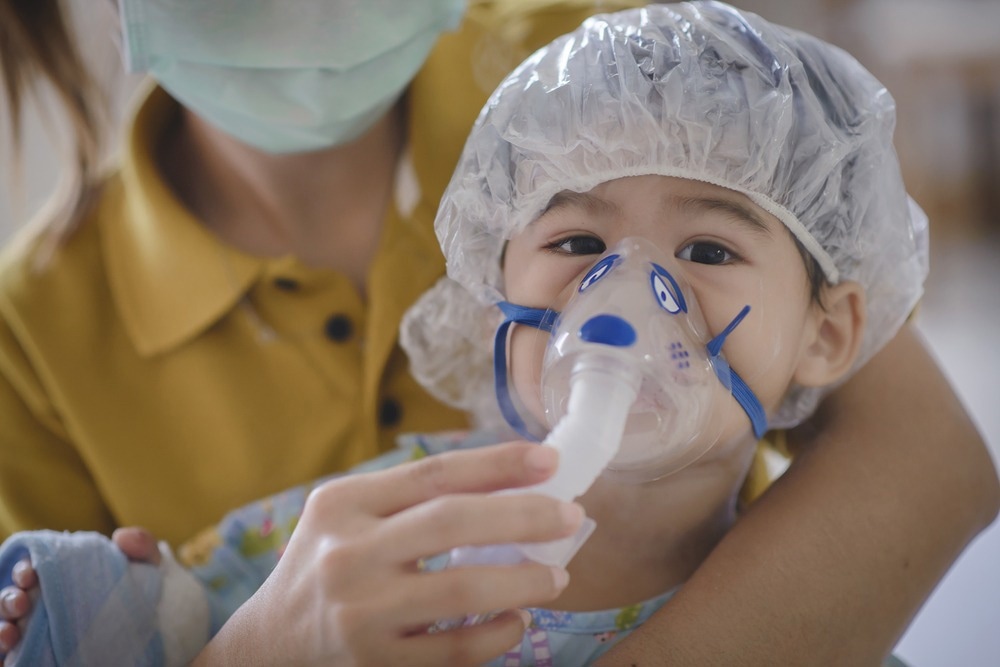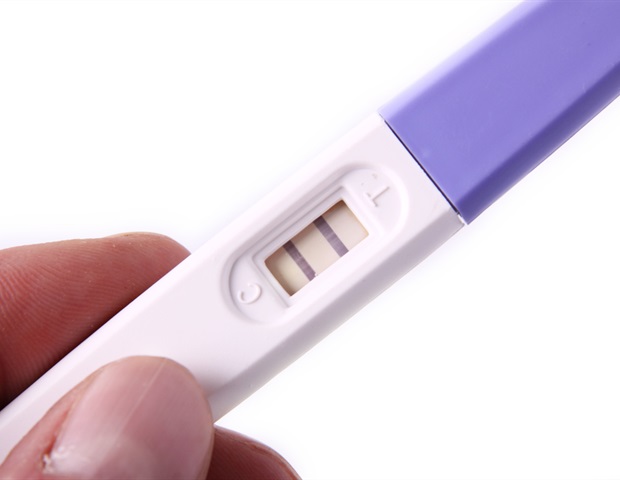In a recent study published in BMC Medicine, researchers discuss the cost of illness associated with respiratory syncytial virus (RSV) infections and whether interventions for the prevention of RSV infections among children below the age of five in low and middle-income countries (LMICs) are cost-effective.

Study: Cost of childhood RSV management and cost-effectiveness of RSV interventions: a systematic review from a low- and middle-income country perspective. Image Credit: NAWIN PAENGTHONG / Shutterstock.com
Background
RSV infection among children below the age of five causes the highest number of deaths associated with lower respiratory tract infections and is one of the major causes of mortality among children and adults.
About 97% of the mortality associated with RSV infections in 2019 among children younger than five years of age occurred in LMICs. Infants whose immune systems are not yet fully mature are highly susceptible to RSV infections and often require hospitalization.
A short-acting monoclonal antibody called palivizumab has been used for passive immunization against RSV, as no other licensed RSV vaccination exists to date. Passive immunization with palivizumab has shown 55% efficacy in reducing the severity of infections; however, the high cost and requirement for frequent doses make it an unfeasible option in LMICs.
While various clinical trials on RSV vaccines and prophylactics are in progress, only a few of these trials are being conducted in LMICs. Furthermore, there is a lack of clarity on the financial burden of RSV and the cost-effectiveness of RSV treatments in these countries.
About the study
In the present study, researchers conducted a systematic review of studies that examined the economic burden of RSV infections and investigated the cost-effectiveness of preventative interventions against these infections among children in LMICs. To analyze the cost-effectiveness of RSV prevention and treatment measures, studies that included outcomes such as incremental cost-effectiveness ratio (ICER) for each averted disability-adjusted life year (DALY) or gained quality-adjusted life year (QALY) were reviewed.
Studies that examined direct and indirect costs of illness, some with more detailed information on the cost of supplies, medications, and staff, were analyzed to determine the cost of disease. The severity of RSV infections was classified from least to most severe, with outpatient visits being the least severe and admission to the intensive care unit (ICU) being the most severe. The length of hospitalization was also included in the analyses.
Results
The cost-effectiveness of various RSV-related interventions varied widely, with ICER values for studies evaluating the financial effectiveness of passive immunization with palivizumab ranging from $4,671 USD per averted DALY in Mali to $22,863 per gained QALY in Mexico. For interventions involving maternal immunization, the average cost-effectiveness was $1,440 per averted DALY in all the explored LMICs.
Studies that evaluated the cost-effectiveness of long-acting monoclonal antibodies found that ICERs ranged from $462 to $2,971 per averted DALY between LMICs and the Global Alliance for Vaccines and Immunization (Gavi) countries. Additionally, the ICER value reported by studies that examined the cost-effectiveness of pediatric immunization programs was over $100,000 per gained QALY.
The estimated cost of illness also varied considerably, with the cost per episode of severe RSV infection ranging from $92 in Malawi to $4,114 in Malaysia. However, a Mexican study estimated the cost of illness per episode to be over $6,000.
Studies with more granular data revealed that the largest expenses were related to medications, diagnostic procedures, and room charges for severe cases requiring hospitalization, while for outpatient cases, the greatest expense was diagnostics.
ICER values were lower for hypothetical maternal immunization methods and long-lasting monoclonal antibodies than for the passive vaccination method using palivizumab. However, the cost-effectiveness of these strategies was not evident when ICER values were analyzed in the context of the gross domestic product per capita for each country.
Conclusions
The economic burden associated with severe RSV infections requiring hospitalization is significantly high in LMICs; however, there is a paucity of data on the effectiveness of new preventative interventions against RSV infections. The viability of existing and novel intervention strategies to reduce the burden of RSV infections among children in LMICs remains unclear; thus, further research is needed to develop intervention strategies.
Journal reference:
- Wittenauer, R., Pecenka, C., & Baral, R. (2023). Cost of childhood RSV management and cost-effectiveness of RSV interventions: a systematic review from a low- and middle-income country perspective. BMC Medicine 21(1), 121. doi:10.1186/s1291602302792z

 PARENTING TIPS
PARENTING TIPS







 PREGNANCY
PREGNANCY








 BABY CARE
BABY CARE








 TODDLERS
TODDLERS








 TEENS
TEENS








 HEALTH CARE
HEALTH CARE







 ACTIVITIES & CRAFTS
ACTIVITIES & CRAFTS








 CONTACT
CONTACT ABOUT
ABOUT


